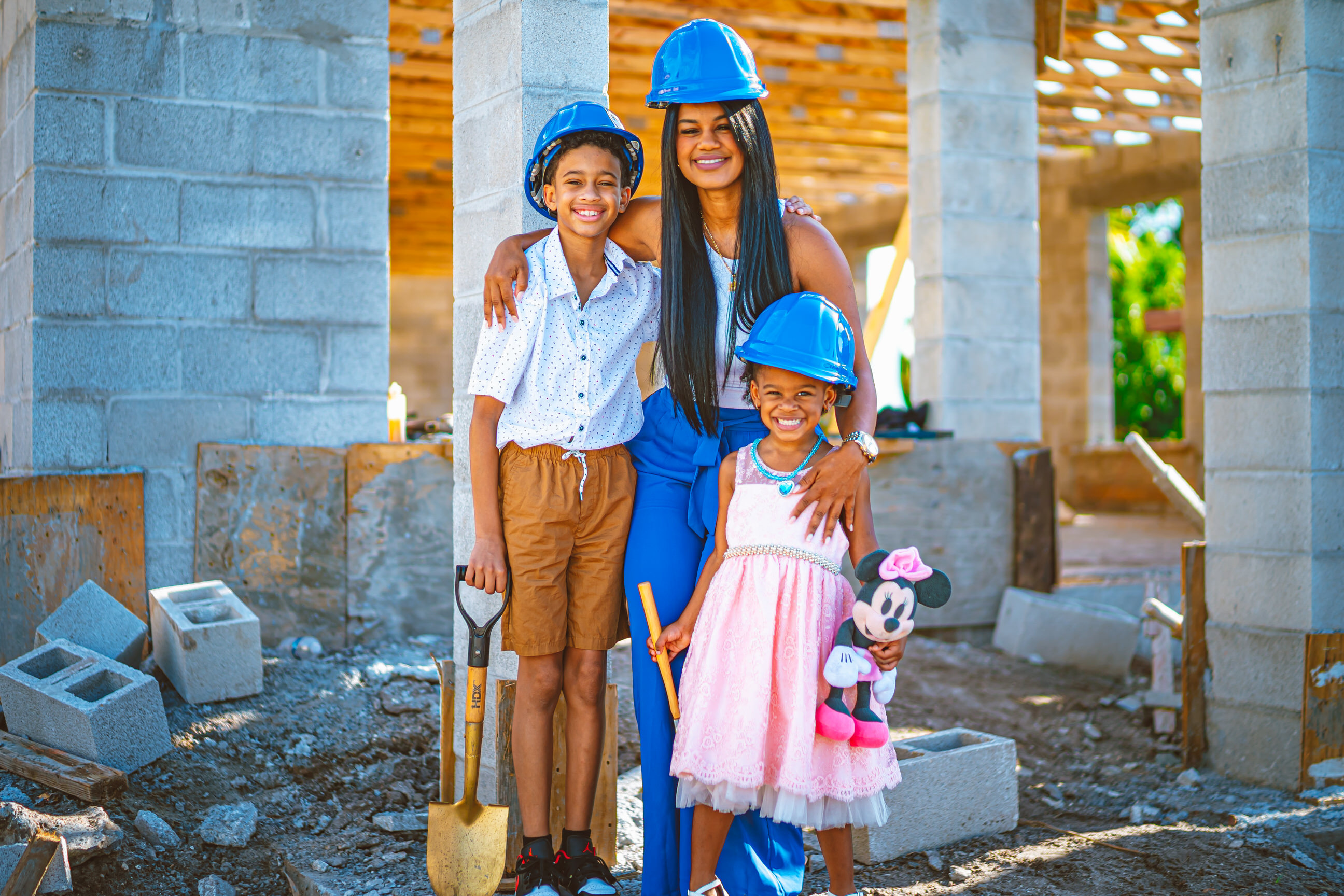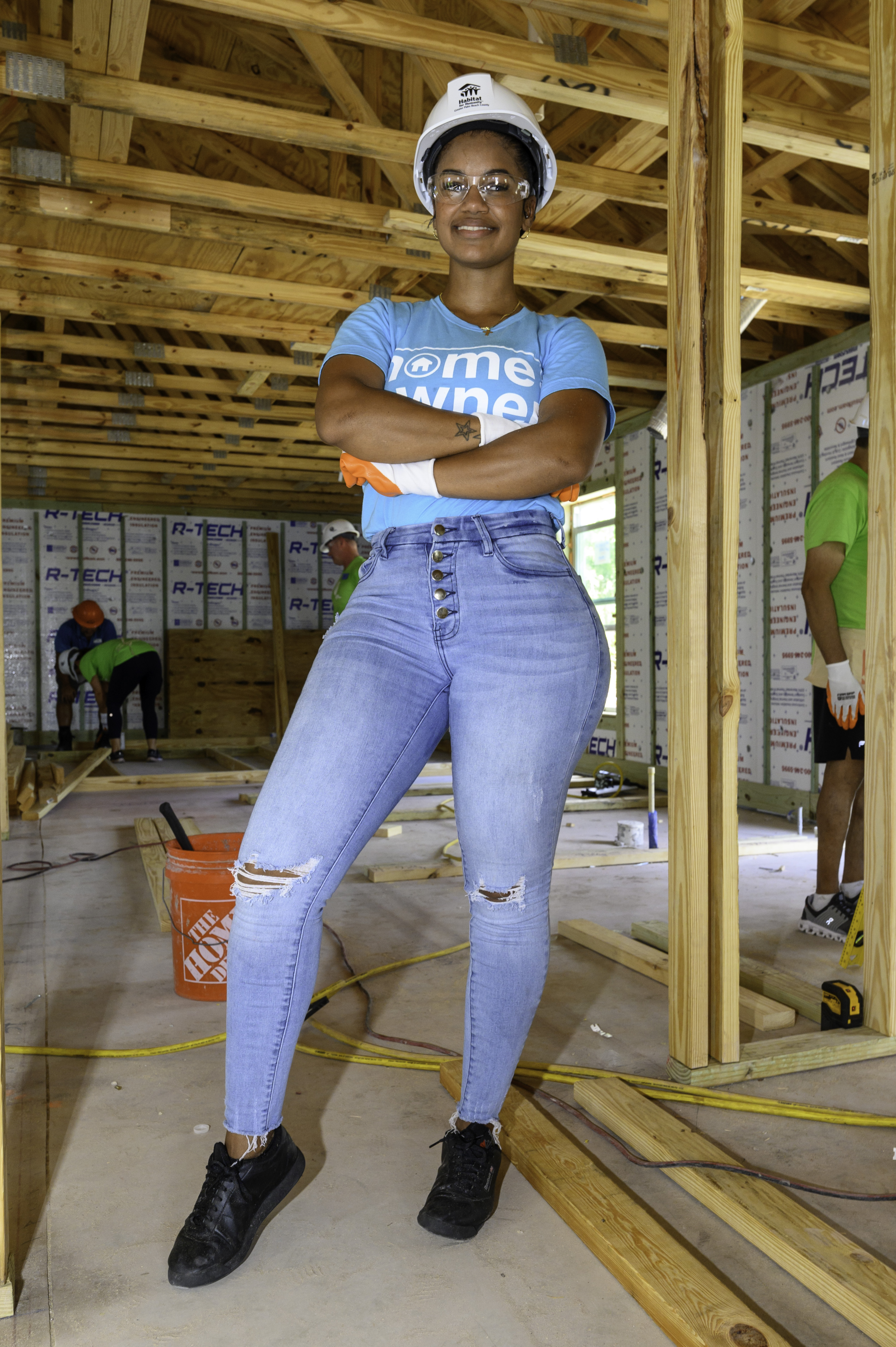
WEST PALM BEACH, Fla. - When Diana Mores stepped into her home, it echoed with the sounds of hammers and drills. The property is under construction and the home’s inner walls are missing, but that won’t be for long.
Outside of the house a group of dedicated volunteers wearing bright green T-shirts, hard hats and gloves were ready to help frame the home’s interior. Little did she know, these individuals happen to be high-ranking executives from her power utility company.
On this hot September day, more than a dozen Florida Power & Light Company (FPL) executives traded their dress shoes for steel-toed boots to make homeownership a reality for Mores and her family.
“Hearing those hammers and nails is music to my ears,” Mores said. “Achieving homeownership has been my dream as a single parent but I always thought it was impossible.”
Last Christmas, Diana Mores wished for a home. A place where she and her two school-aged children could lay roots since Mores left Dominican Republic in 2008.
Living in a cramped, 2-bedroom apartment proved difficult for the single mother and 10-year-old Kedian and 4-year-old Zoe. The kids shared a small room and the building’s three flights of stairs made everyday tasks like grocery shopping a hike.
In December, she applied for a home from Habitat for Humanity of Greater Palm Beach County. By February, she was breaking ground on a house of her own.
He’s referencing the 400 hours of sweat equity the homeowner must complete including homeowner classes, financial management courses and participating in the home building process.
“Every single person who comes out here to volunteer walks away with the same feeling,” said Pimentel “We’ve really done something to help change somebody’s life and help the community.”
FPL not only helped sponsor the construction, but company executives also volunteered their time.
“It takes so much to build a Habitat home. It takes the support of the future homeowner, the community and donors,” said Tara Okler, Habitat’s Chief Operating Officer. “What we’re seeing is that the rising cost of living is making even renting unaffordable here. People pay 50% of their income toward rent.”
In a few months, Mores’ Christmas wish will be fulfilled just in time for the holidays. She’s looking forward to her kids playing in the backyard and hosting family gatherings. Her neighbors are already welcoming her, helping her find schools for her children and community activities.
“I’m not alone,” Mores said with a smile. “I now have all of the resources and the community I need.”





